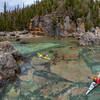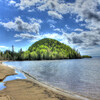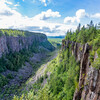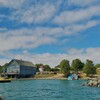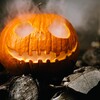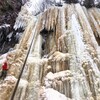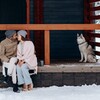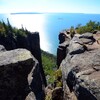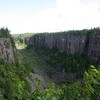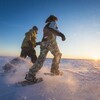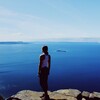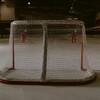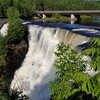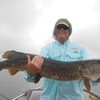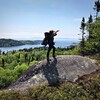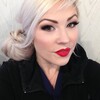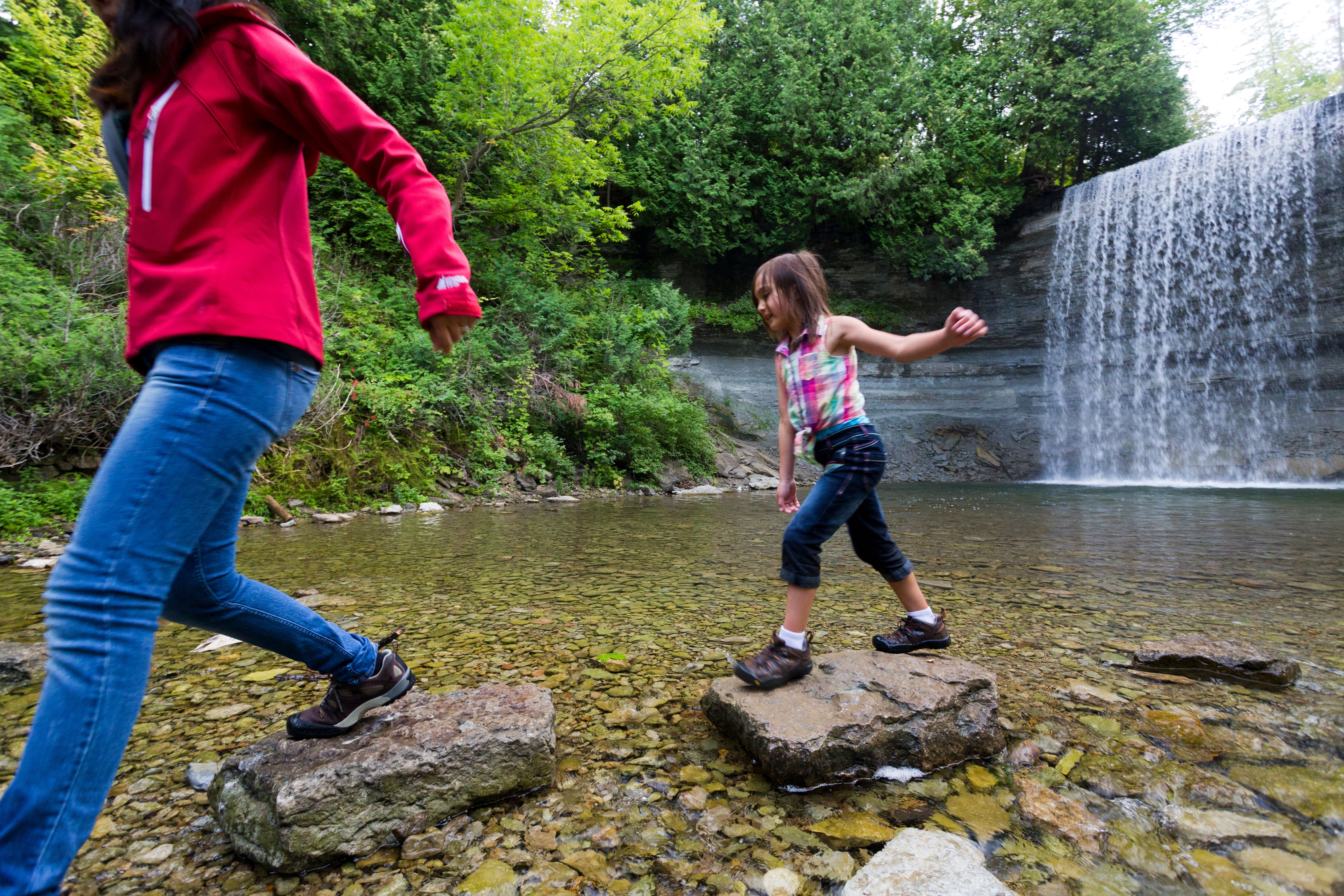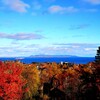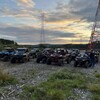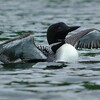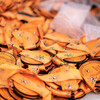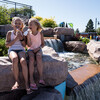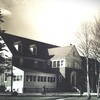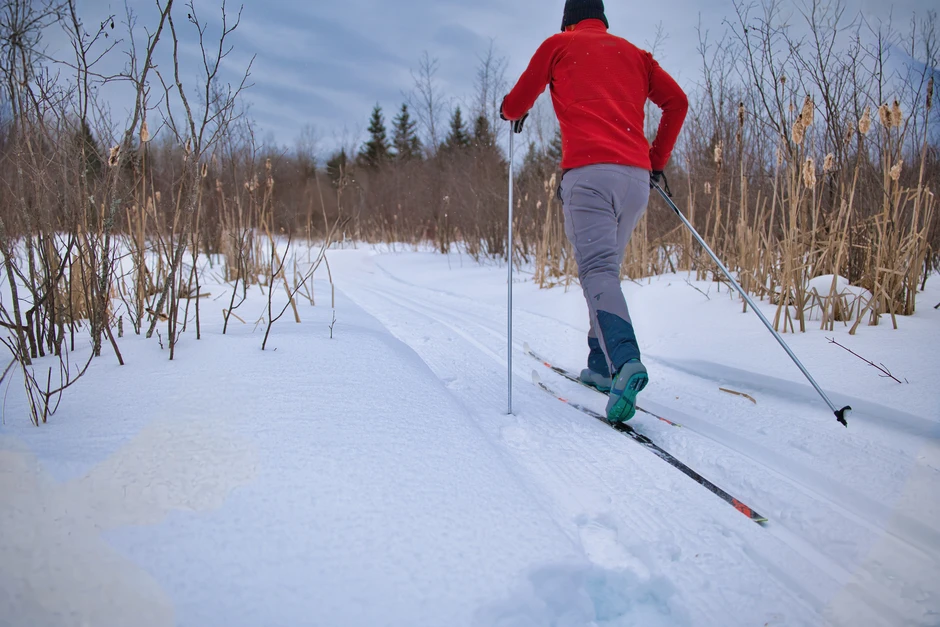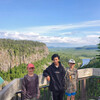
10 Amazing Facts About the Northern Lights
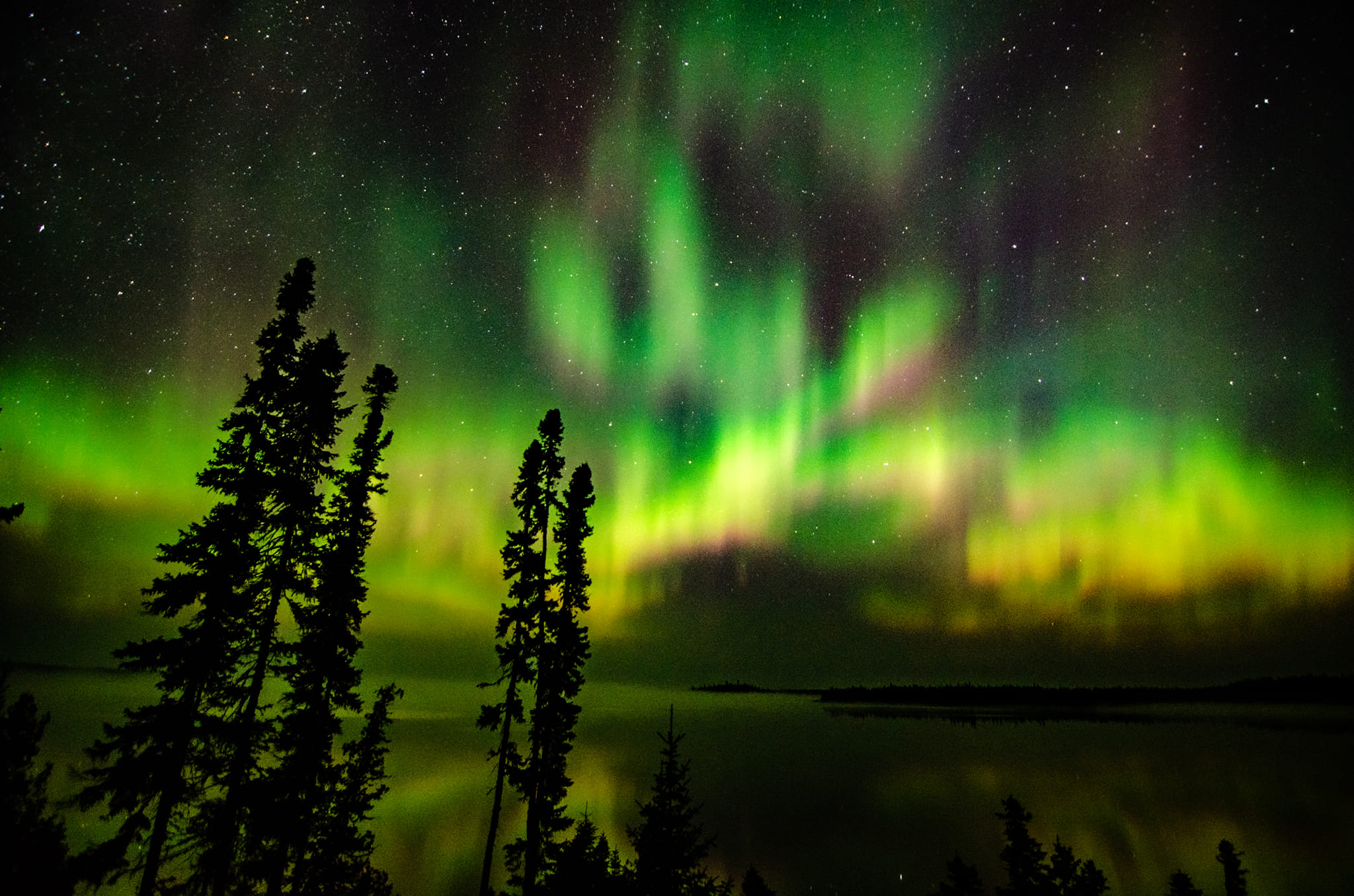
With six dark sky preserves, lots of nature, and very little light pollution, Northern Ontario, Canada is one of the best places in the world to see the Northern Lights. So if you're visiting to enjoy the province's amazing winter activities like snowmobiling, fat biking, Nordic skiing, ice climbing opportunities, or just to relax in an all-season glamping dome—remember to keep your eyes on the skies! And check out our guide on how to see the Northern Lights in Ontario.
Here are ten interesting facts about the Northern Lights.
1. The Northern Lights Are Caused By the Sun
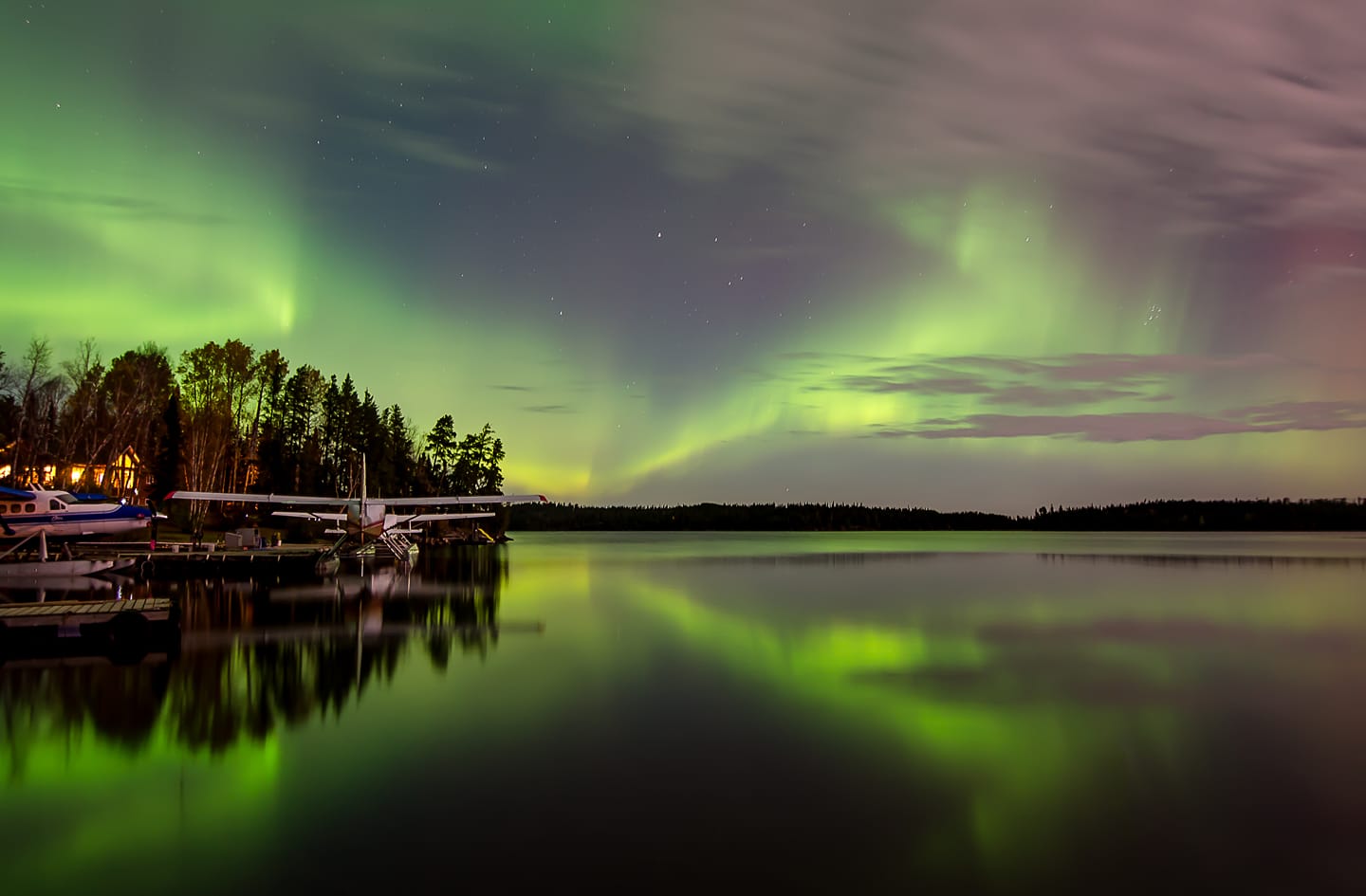
So what causes the Northern Lights? Norwegian scientist, Kristian Birkeland was the first to explain the Aurora Borealis phenomenon a century ago. The Northern Lights are caused by solar flares or storms happening 150 km from earth. These flares take around 40 hours to reach earth's atmosphere before the planet's magnetic field forces them toward the north and south poles. The oxygen in earth's atmosphere causes red and green light while nitrogen makes blue light.
2. Other Planets Also Have Auroras

The magnetic fields on the gas giants Jupiter and Saturn are even stronger than Earth's. This results in impressive auroras on both planets. Even though Uranus and Neptune are far from the sun, their unique magnetic fields interact with solar winds. Mercury, Mars, and Venus occasionally display faint aurora lights.
3. The Aurora Borealis is Named after a Roman Goddess
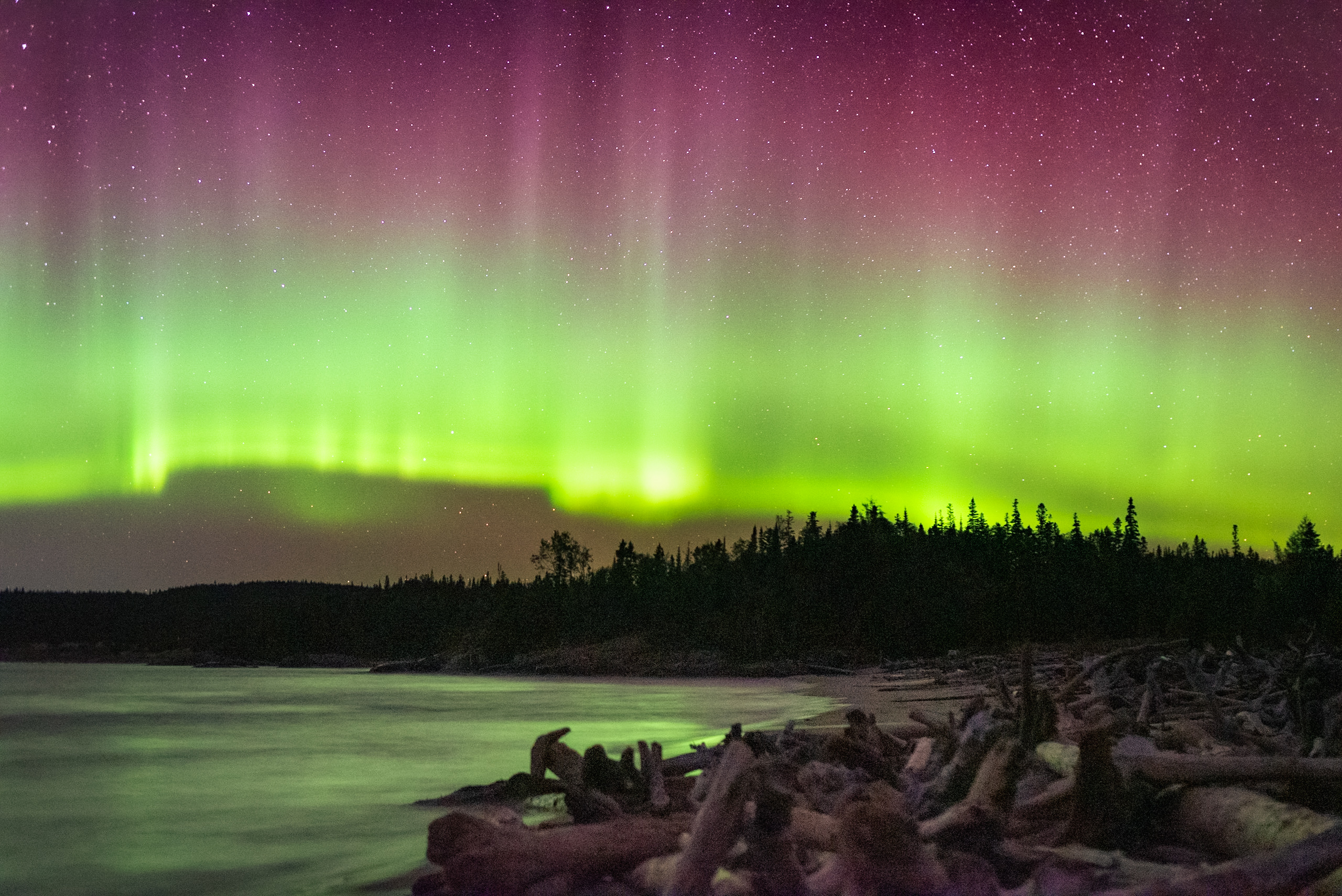
The Italian astronomer, Galileo Galilei coined the name Aurora Borealis for the Northern Lights in 1619. Aurora is the name of the Roman goddess of dawn. The Romans believed that the goddess was responsible for bringing light, life, and prosperity to earth. Borealis refers to the Greek word for wind. Perhaps Galileo was onto something about the solar winds causing the rippling lights in the night sky. The British explorer, Captain James Cook named the Southern Lights Aurora Australis.
4. There is a Best Time to see the Northern Lights

As the nights get longer in Northern Ontario's fall and winter, the chances of seeing the Northern Lights get greater. The darker the better though they can be seen any time of year. A full moon could lessen your chances of seeing them. Between the hours of 10 p.m. and 2 a.m. are best for viewing the northern lights and the sky is its darkest at around midnight.
5. There are Best Places to see the Northern Lights
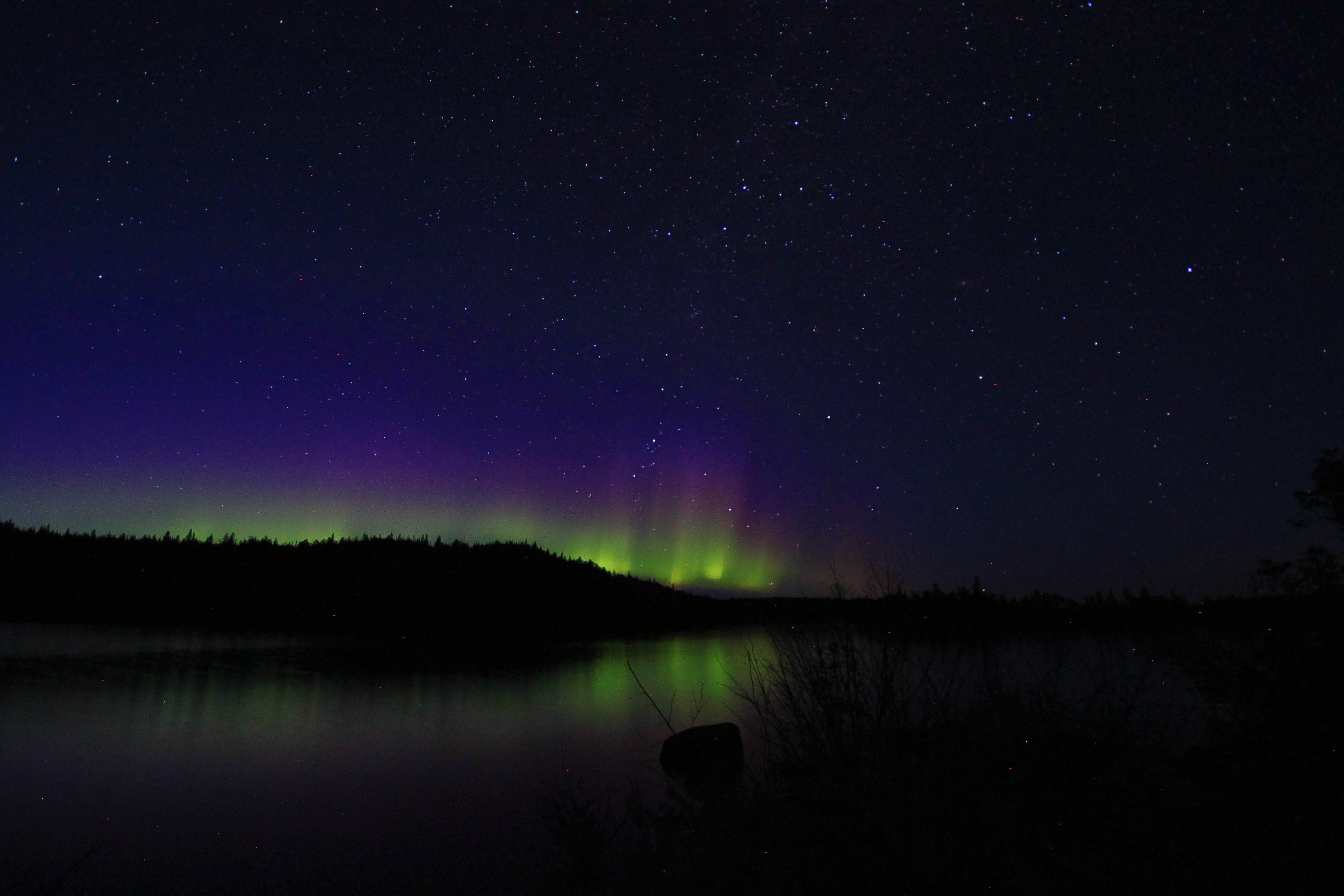
Finding a place away from light and air pollution is your best bet for catching a glimpse at the Northern Lights. Locations with little to no population and no smog-causing industries are ideal. There are Dark Sky Preserves in Northern Ontario that can guarantee the darkest skies. Quetico Provincial Park, Killarney Provincial Park, Lake Superior Provincial Park, Manitoulin Eco Park, and Bruce Peninsula National Park all have this designation. A light pollution map can also help you to narrow down the perfect viewing spot.
6. The Auroral Oval Changes Shape
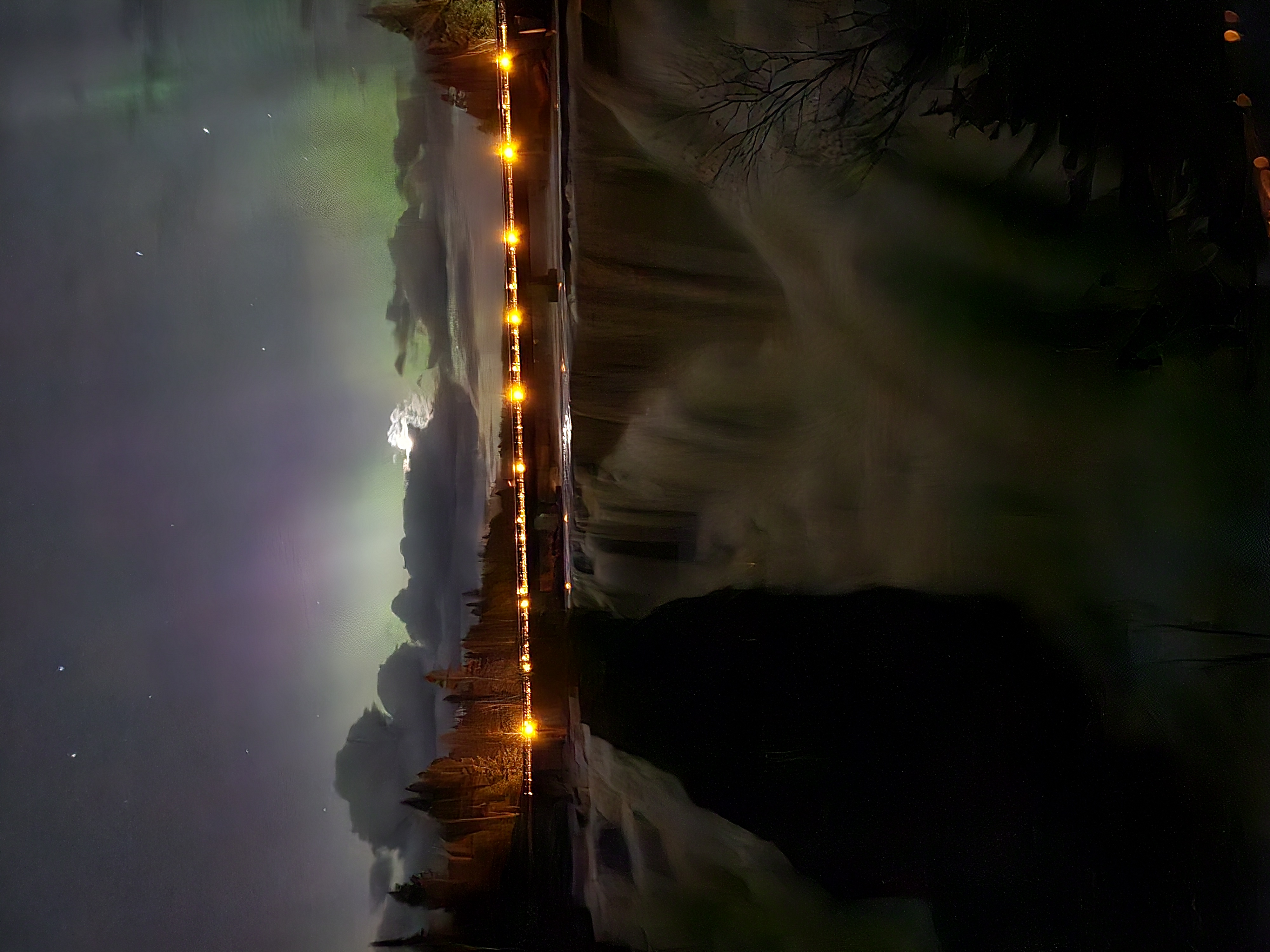
The Auroral Oval is the geographical area close to the Earth's magnetic poles where the northern lights occur. The size and shape changes a bit during different periods but the auroral oval is always present. The auroral oval is above Canada and Alaska, Iceland, Northern Sweden, Finland, Norway, Russia, and Southern Greenland.
7. The Northern Lights are linked to the Solar Cycle

The solar maximum is the peak of the solar cycle that occurs every 11 years. This is when the Northern Lights are the most frequent and intense. The next solar maximum is expected to be in 2025.
8. You Can Smell the Northern Lights
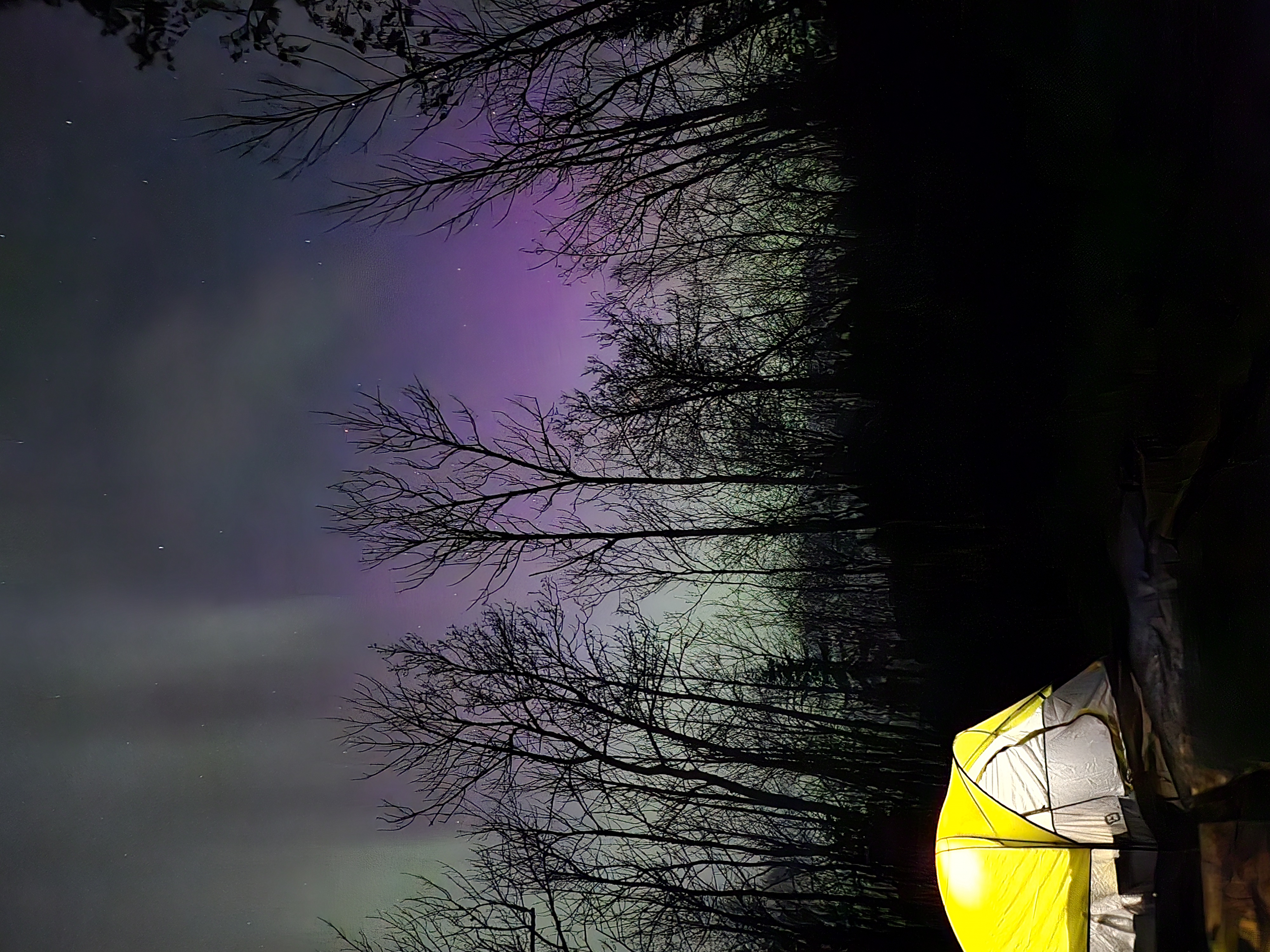
The intense electrical activity that the Northern Lights cause can give off an aroma. Smells that have been reported have been described as burnt barbeque, fried garlic, or burning leaves.
9. The Northern Lights Make Sounds

The charged particles that create the northern lights also produce intense radio emissions. We can hear the aurora when these radio signals are transferred to sound. It can sound like eerie whirring or tweeting birds. It is unlikely to be heard by the human ear, though there have long been reports of sounds being emitted from the Northern Lights.
10. The Northern Lights Have Cultural Significance

The northern lights aren't just a natural phenomenon but a symbol of spiritual presence and ancestral connection in Indigenous cultures across the globe. They see the lights as a reminder that we are all part of creation and that their ancestors are watching over them.
Recommended Articles
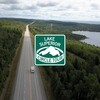
10 Reasons to *NOT* Travel the Lake Superior Circle Tour
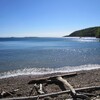
Canoeing the the Slate Islands near Terrace Bay
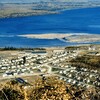
6 Amazing Facts About Red Rock, Ontario
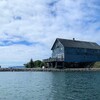
11 Things to Do in Silver Islet, Ontario
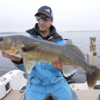
Incredible Fishing at Dog Lake Resort

Best Roadside Picnic Spots in Northern Ontario
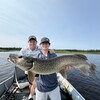
A Father and Son Tradition at Miminiska Lake Lodge
Hikes, Bites and Sights on the North Shore of Lake Superior
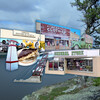
A Day Tripper's Guide to Nipigon
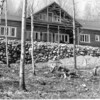
A Historic Lodge in Red Rock, Ontario
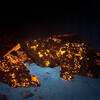
Hunting for Yooperlites Along Lake Superior
